Stepping into an ongoing project is like jumping onto a moving train. The project landscape is already set, the momentum is already in place, and the stakes can be high. Successfully taking over an existing project requires a strategic approach. Whether you're taking over a project due to a leadership change, rescuing a faltering initiative, or simply being brought in to bring a fresh perspective, the challenges are significant but so are the opportunities.
Taking over an existing project successfully requires a strategic approach that balances thorough assessment, effective communication, and decisive leadership. This guide will walk you through the essential steps to seamlessly transition into your new role, set the stage for success, and lead your team with confidence.
Why Taking Over an Existing Project is Unique
Unlike starting a project from scratch, taking over an existing project involves understanding the work that has already been done and implementing effective project transition strategies, the relationships that have been built, and the hurdles that have been encountered. It's not just about managing tasks; it's about integrating into a pre-existing framework and steering it towards the desired outcome.
The Stakes Are High
According to a study by PMI, about 14% of projects fail, and nearly one-third do not meet their goals, suffer from budget overruns, or miss deadlines. A project in transition is particularly vulnerable to these pitfalls. However, with the right approach, you can turn these challenges into opportunities for improvement and innovation.
I remember when I first took over a project at a mid-stage financial services company. The project was behind schedule, and the team was demoralized. By systematically assessing the current state, rebuilding trust with stakeholders, and re-aligning the team's efforts, we were able to turn things around and deliver the project successfully. The satisfaction of seeing the project back on track and the renewed energy of the team was incredibly rewarding.
In this blog, I’ll share strategies that have helped me and will surely help you too to navigate the complex process of taking over existing projects. You’ll learn how to get up to speed quickly, build strong relationships with stakeholders, refine the project plan, and lead your team effectively. Let’s dive in!
1. Assess the Current State of the Project
Taking over an existing project requires a deep understanding of its current state. This involves reviewing all relevant documentation, conducting a health check, and identifying key issues and risks. Here’s how to do it effectively.
1.1 Review Project Documentation
Your first step is to gather all available project documentation. This includes the project plan, status reports, meeting minutes, and any other relevant materials. Spend time understanding the project scope, objectives, timelines, and deliverables.

Pro Tip: Look for any discrepancies or inconsistencies in the documentation. This can give you early insights into potential issues. Anomalies in reports or deviations from the project plan often signal areas that require closer attention.
1.2 Conduct a Project Health Check
Evaluate the current status of the project by performing a thorough health check. This involves:
Task Analysis: Identify tasks that are completed, in-progress, or pending. Use project management software like Jira, Trello, or Microsoft Project to visualize the task distribution.
Budget Review: Analyze the budget to understand how funds have been allocated and spent. Compare this with the initial budget plan to identify any variances.
Timeline Assessment: Review the project timeline to see if the project is on schedule. Identify any milestones that have been missed or are at risk.

Action Step: Create a project dashboard that highlights key metrics such as milestones achieved, budget utilization, and upcoming deadlines. Tools like Power BI or Tableau can be particularly useful for this.
Related Read: Get insight on How strategic project managemnt drive innovation and excellence? Read: Role of Strategic Project Management in driving innovation and Business Excellence.
1.3 Identify Key Issues and Risks
Document any existing issues or risks that could impact the project’s success. Assess their severity and potential impact on the project timeline and outcomes. Use a risk assessment matrix to prioritize these risks based on their likelihood and impact.
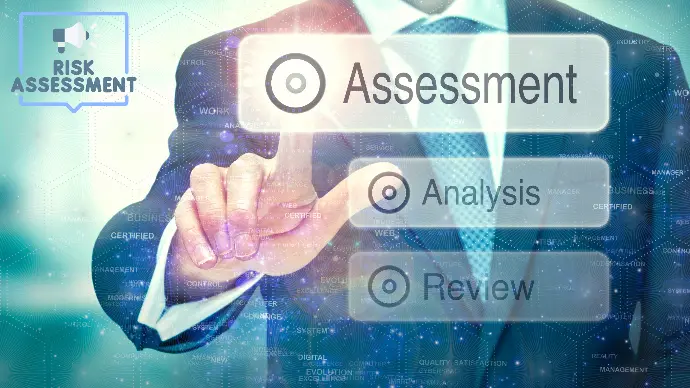
Quick Win: Prioritize the top three risks and develop immediate action plans to mitigate them. This focused approach allows you to address the most critical threats to project success promptly.
Personal Experience: In one of my previous roles, I took over a project that was severely behind schedule due to resource allocation issues. By identifying this risk early and reallocating resources, we were able to get the project back on track within weeks.
By following these steps, you'll have a comprehensive understanding of the current state of the project. This foundation is crucial for making informed decisions and setting the stage for effective project management moving forward.
Related Read: Get insight on How effectively utilize AI tools like ChatGPT, Gemini, or Claude to boost productivity. Read: How to effectively use ChatGPT in project management?
2. Building Relationships
Taking over an existing project isn't just about understanding its current state; it's also about building strong relationships with stakeholders. This involves identifying key stakeholders, scheduling introductory meetings, and developing a robust communication plan. Here’s how to foster these relationships effectively.

2.1 Identify Key Stakeholders
Creating a comprehensive list of all project stakeholders is essential. This list should include team members, clients, vendors, and sponsors. Categorize them based on their level of influence and interest in the project.
Stakeholder Map: Use a stakeholder map to visualize relationships and influence levels. This will help you strategize your communication efforts. For example, a RACI (Responsible, Accountable, Consulted, Informed) matrix can be highly effective in clarifying roles and responsibilities.

2.2 Schedule Introductory Meetings
Arrange one-on-one meetings with key stakeholders to understand their expectations, concerns, and feedback about the project. This is a great opportunity to build rapport and establish trust.
Engagement Tip: Prepare a list of questions to guide these conversations. Focus on understanding their priorities and pain points. Questions could include:
- What are your main concerns about the project?
- What do you see as the key objectives and deliverables?
- How do you prefer to receive updates and communicate?
Personal Touch: Share a bit about your background and experience to help stakeholders feel more comfortable and to build a connection. Relate to their experiences and show empathy towards their concerns.

2.3 Develop a Communication Plan
Effective communication is the cornerstone of successful project management. Define clear communication channels and establish the frequency of updates. Set up regular meetings and status updates to ensure everyone stays informed and engaged.
Tool Suggestion: Use project management tools like Slack, Trello, or Microsoft Teams to facilitate transparent and real-time communication. These tools help streamline communication and ensure everyone is on the same page.
Structured Approach: Your communication plan should include:
- Communication Objectives: What you aim to achieve with your communications.
- Target Audience: Who needs to receive the information.
- Key Messages: What information needs to be communicated.
- Communication Methods: How the information will be communicated (e.g., email, meetings, reports).
- Frequency: How often the communication will occur.
Personal Experience: In a previous project, I implemented a bi-weekly update meeting with all stakeholders. This regular cadence of communication ensured that everyone was aware of the project’s progress and any emerging risks, leading to a smoother project execution and higher stakeholder satisfaction.
Building strong relationships with stakeholders is critical to the success of any project. By identifying key stakeholders, engaging with them through introductory meetings, and developing a comprehensive communication plan, you can ensure that everyone is aligned and working towards the same goals.
Related Read: Get deep understanding on top trends and tools shaping digital transformation Read: The Digital Transformation of Project Management: Tools and Trends Shaping Tomorrow
3. Refining the Project Plan
Once you've assessed the current state of the project and built relationships with stakeholders, the next step is to refine the project plan. This involves analyzing the existing plan, reassessing objectives and deliverables, updating the schedule and budget, and developing a risk management plan. Here’s how to approach this crucial phase.
3.1 Analyze the Existing Plan
Dive deep into the current project plan to identify areas that need adjustments. Look for gaps or outdated information that could hinder progress.
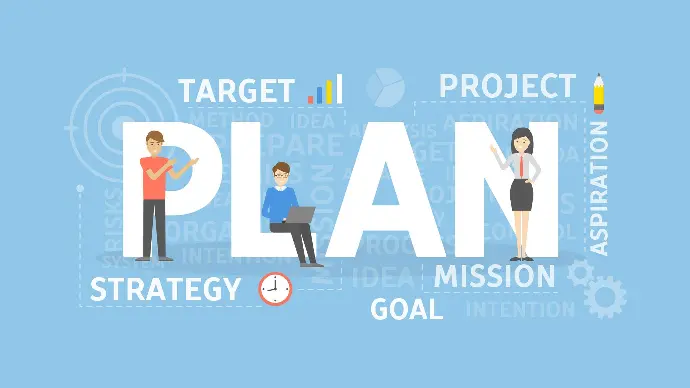
Checklist: Ensure the plan includes all necessary elements such as scope, objectives, timelines, deliverables, and resources. Check for:
- Alignment with strategic goals
- Realistic timelines and milestones
- Adequate resource allocation
- Clear roles and responsibilities
Action Step: Conduct a gap analysis to pinpoint discrepancies between the current state and the desired outcomes. This will help you identify areas that need immediate attention.
3.2 Reassess Objectives and Deliverables
Confirm the project’s goals and deliverables with stakeholders. Make necessary adjustments based on the current project status and stakeholder input.

Alignment: Ensure that everyone is on the same page regarding project goals. Misalignment can lead to confusion and setbacks. Engage stakeholders in a workshop or meeting to revisit and validate project objectives and deliverables.
SMART Goals: Ensure that project objectives are SMART-Specific, Measurable, Achievable, Relevant, and Time-bound. This clarity will guide the team and set clear expectations.
Personal Experience: In one project I took over, I realized that the initial objectives were too ambitious for the remaining timeline. By reassessing and aligning the objectives with the available resources and timeframe, we were able to set more realistic goals that were ultimately achieved.
3.3 Update the Schedule and Budget
Adjust the project timeline and budget to reflect the current state. Reallocate resources as needed to align with the revised plan.
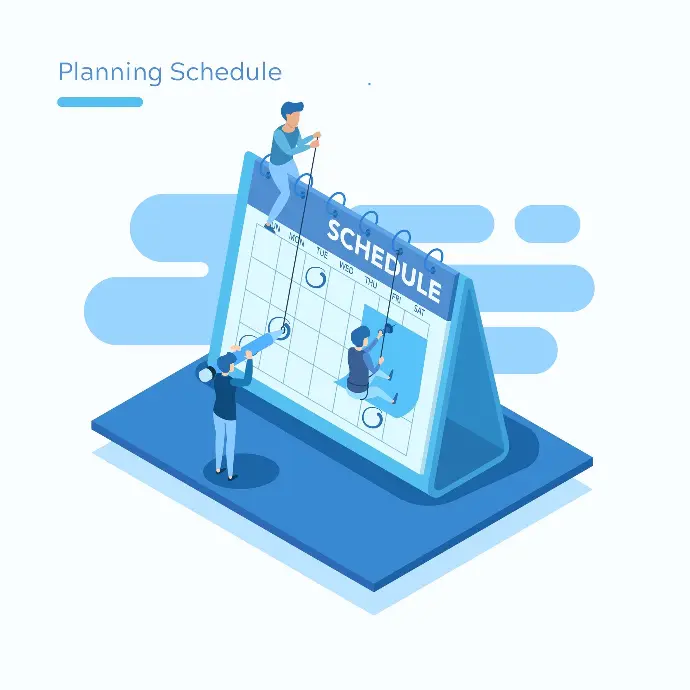
Resource Management: Use resource management tools to track and optimize the allocation of resources across the project. Ensure that your team is neither overburdened nor underutilized.
Cost Control: Implement cost control measures to ensure that the project stays within budget. Regularly compare actual spend against the budget and make adjustments as needed.
Tool Suggestion: Tools like Microsoft Project, Smartsheet, or Asana can help in updating and tracking project schedules and budgets efficiently.
3.4 Develop a Risk Management Plan
Identify new risks that might arise from the transition and create mitigation strategies and contingency plans.
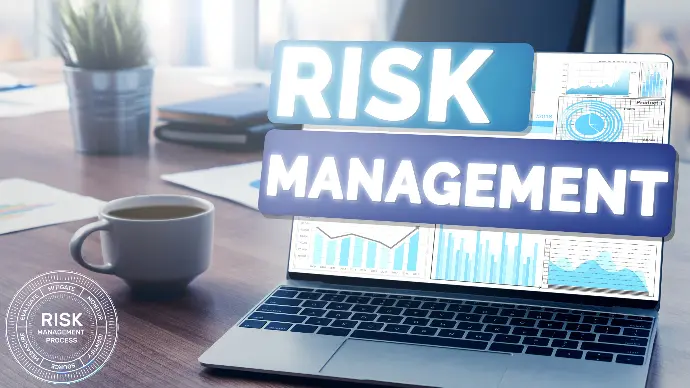
Risk Register: Maintain a risk register to keep track of identified risks, their impact, and the mitigation strategies. Regularly update this register as new risks emerge or existing risks are mitigated.
Mitigation Strategies: For each identified risk, develop a mitigation strategy and assign responsibility for managing that risk. Ensure that these strategies are realistic and actionable.
Contingency Planning: Develop contingency plans for high-impact risks. These plans should outline the steps to be taken if a risk materializes, ensuring that the project can continue with minimal disruption.
Personal Experience: In a project where we faced a significant supplier risk, developing a contingency plan that included alternative suppliers ensured that we could continue without major delays when the risk materialized.
Refining the project plan is a critical step in taking over an existing project. By thoroughly analyzing the current plan, reassessing objectives and deliverables, updating the schedule and budget, and developing a robust risk management plan, you can set a solid foundation for the project's success. This strategic approach will help you steer the project towards achieving its goals while managing risks effectively.
Related Read: Get insight on change management strategies and top change management mistakes companies make. Read: Navigating the Digital Shift: Effective Change Management Strategies for Success
5 Change Management Mistakes Companies Often Make and How to Avoid Them.
4. Leading the Team
Leading a project team effectively is crucial when taking over an existing project. This involves introducing yourself, building relationships, motivating and engaging the team, and continuously monitoring progress. Here’s how to lead your team to success.
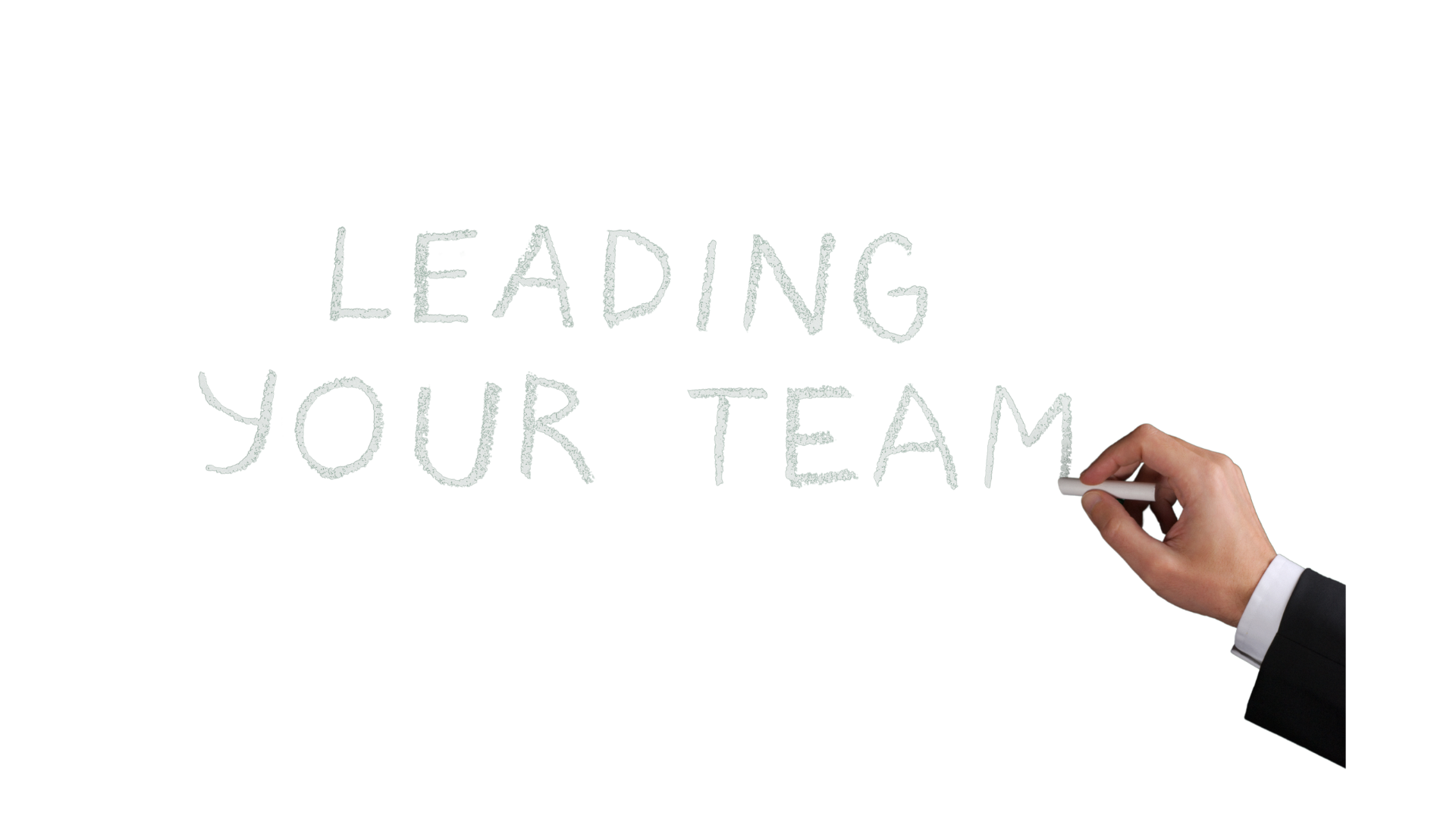
4.1 Introduce Yourself to the Team
Your first task as the new project leader is to introduce yourself to the team. This helps establish your presence and sets the tone for future interactions.
- Team Meeting: Hold a team meeting to introduce yourself and your role. Share your vision and approach for the project, and encourage team members to voice their thoughts and concerns.
- Icebreaker: Use an icebreaker activity to build camaraderie and ease tensions. For example, you can ask team members to share something interesting about themselves or discuss a recent project success.
- Personal Touch: Share a bit about your background and experience to help the team feel more comfortable. Highlight any relevant experiences that demonstrate your capability to lead the project.
- Communication: Be transparent about your goals and expectations. Let the team know that you are there to support them and that you value their input.
4.2 Build Relationships
Building strong relationships with your team is essential for fostering a collaborative and productive environment.
- One-on-One Meetings: Schedule regular check-ins with team members to discuss their progress and any challenges they face. This shows that you care about their individual contributions and helps you identify potential issues early.
- Feedback Loop: Encourage open communication and feedback. Create a safe space where team members feel comfortable sharing their ideas and concerns.
- Team Building Activities: Organize team-building activities to strengthen relationships and build trust. This could be anything from a team lunch to a collaborative workshop.
- Empathy and Understanding: Show empathy and understanding towards team members' concerns. Address any issues promptly and fairly to maintain a positive team dynamic.
4.3 Motivate and Engage
A motivated and engaged team is more likely to achieve project success. Here are some strategies to keep your team motivated and engaged:
- Set Clear Expectations: Clearly define roles, responsibilities, and expectations. This helps team members understand their contributions and how they fit into the larger picture.
- Recognition and Rewards: Recognize and reward team achievements to keep morale high. This could be through formal recognition programs or simple gestures like thank-you notes.
- Provide Support: Ensure that team members have the resources and support they need to perform their tasks effectively. This includes providing training, tools, and access to information.
- Encourage Collaboration: Foster a collaborative environment where team members can share ideas and work together towards common goals. Use collaboration tools like Slack, Trello, or Microsoft Teams to facilitate this.
Personal Experience: In one project, I implemented a peer recognition program where team members could nominate each other for their contributions. This not only boosted morale but also strengthened the team’s sense of camaraderie and collaboration.
4.4 Monitor Progress
Regularly reviewing the project’s progress and making necessary adjustments is key to keeping the project on track.
- Progress Reviews: Conduct regular progress reviews to assess the project's status. Use project management tools to track tasks, milestones, and deliverables.
- Adjustments and Updates: Be prepared to make adjustments to the project plan as needed. This could involve reallocating resources, revising timelines, or addressing any issues that arise.
- Open Communication: Maintain open lines of communication with the team and stakeholders. Keep everyone informed about the project’s progress and any changes that may impact them.
- Dashboard: Use a project dashboard to track and communicate progress visually. This provides a clear overview of the project’s status and helps identify areas that need attention.
Leading the team effectively is a critical component of taking over an existing project. By introducing yourself, building relationships, motivating and engaging the team, and continuously monitoring progress, you can create a positive and productive environment that drives the project towards success. Remember, strong leadership is about supporting your team and steering them towards common goals.
Related Read: Agile is often linked to tech but its wrong, Agile is a methology that is very effective in non tech environment also. To gain insight on Agile implementation in nontech Read: The Agile Mindset in Non-Tech Environments
Conclusion
Taking over an existing project is a complex task that requires careful planning, effective communication, and strong leadership. By following the steps outlined in this guide, you can ensure a smooth transition and guide the project towards successful completion.
Successfully taking over an existing project is not just about managing tasks but about integrating into a pre-existing framework and steering it towards success. It requires a balance of technical skills and interpersonal finesse. As you transition into your new role, remember that your ability to assess, communicate, plan, and lead will determine the project's outcome.
Have these insights sparked your interest in transforming your project management approach? Are you eager to explore more? Don’t stop here!
Subscribe to our newsletter for the latest insights, tips, and updates straight to your inbox. And for real-time information and inspiration, follow me on LinkedIn.

Questions? Collaborations? Let's talk.
Interested in collaborative ventures, innovative projects, or have a query? I'm just a message away